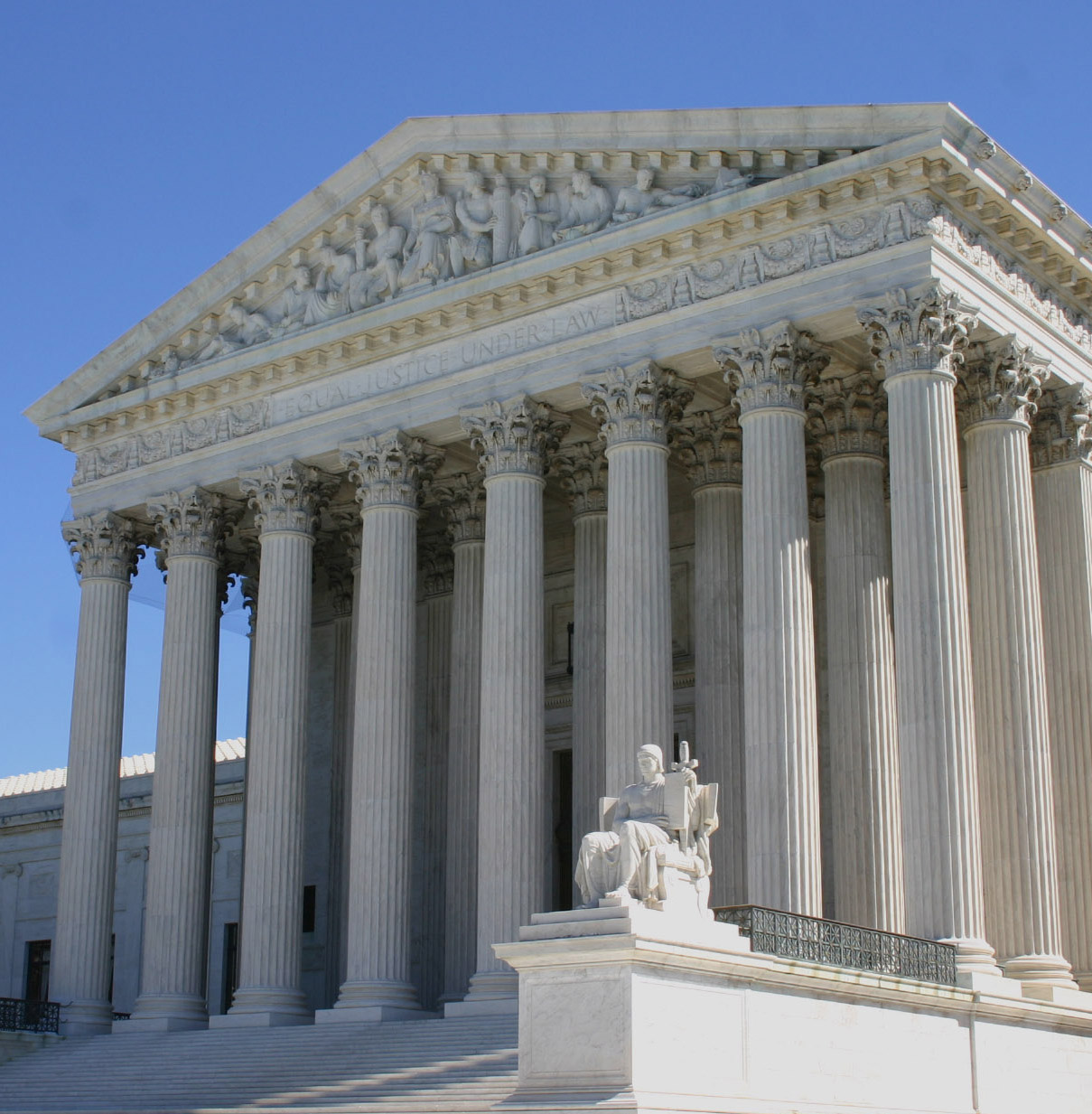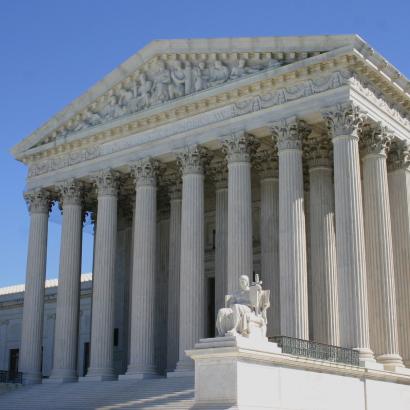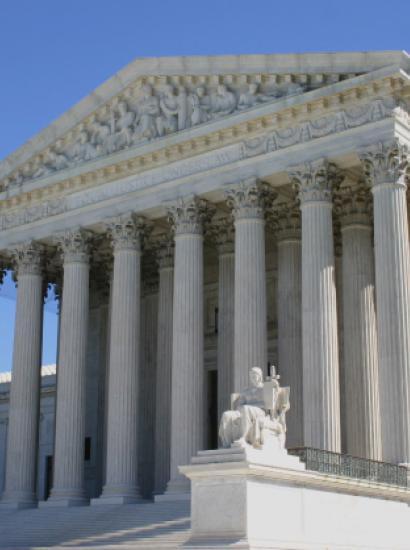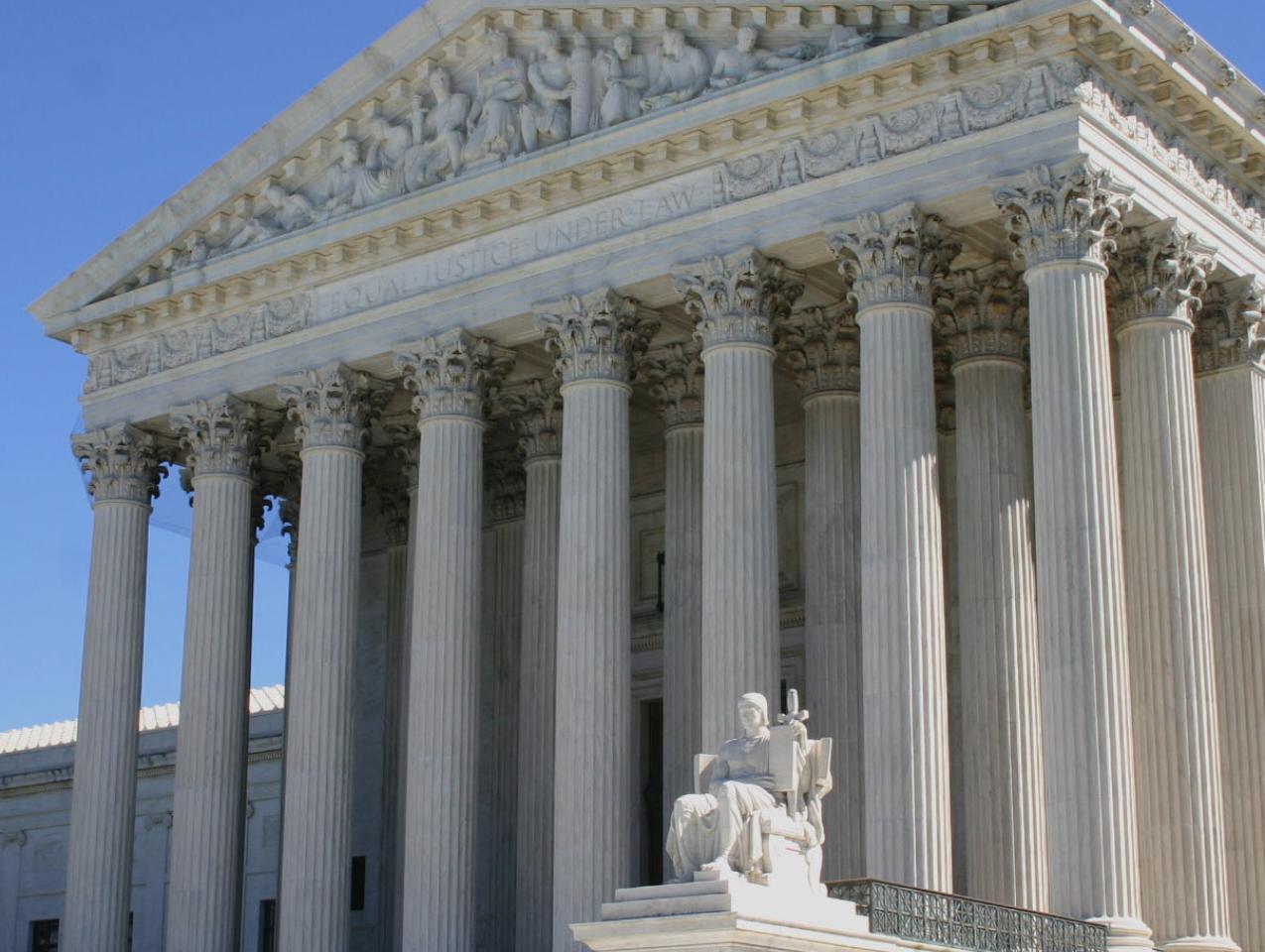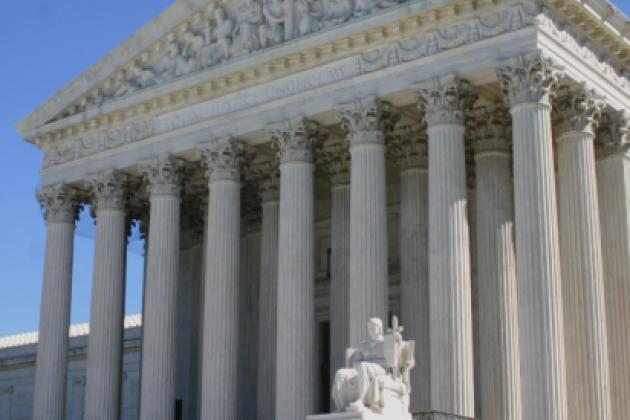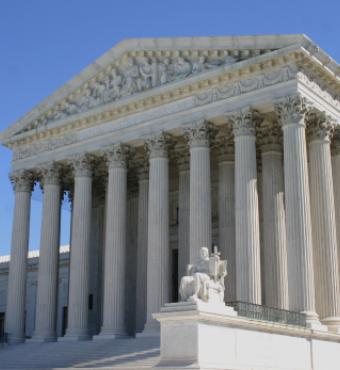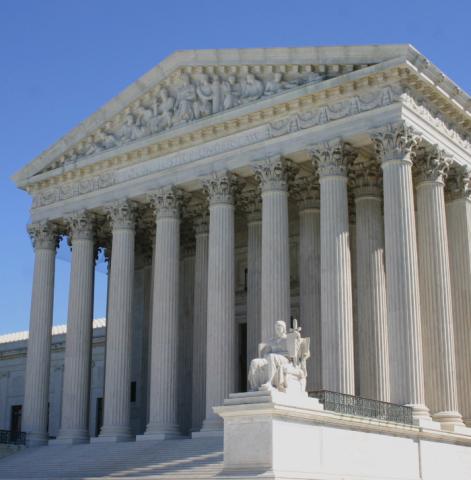- Politics, Institutions, and Public Opinion
- Judiciary
On April 9, President Biden issued an executive order to form a bipartisan presidential commission to examine possible reforms to the United States Supreme Court. The call came at the same time as a strong progressive push to expand the size of the court in order to allow the Democrats—with their wafer-thin control of the Senate—to add perhaps as many as four justices to the court. The plan was to convert a six-three Republican majority into a seven-six Democratic majority—assuming that the president could fill four seats with the midyear elections looming.
No more. After the issuance of the commission’s preliminary draft report, it seems that the push to “pack the court” is over. In general, the commission is to be highly commended for its preliminary work. Its exhaustive draft report has none of the signs of a political screed. Its long, thorough discussions are largely free of the inflammatory rhetoric that mars so much of the partisan debate on the role of the court. The report is well-written, scrupulously documented, and filled with arguments that start with “on the one hand,” only to move adroitly to address the issues “on the other hand.” Just that stylistic choice offers a strong sign that no controversial reform will occur. Meddling with Supreme Court tradition and practice requires a solid consensus about what is broken and an equally solid conviction of what counts as an appropriate cure.
On the court-packing issue, it is quite clear that the consensus is against the move. Indeed, I was both somewhat surprised and highly pleased with the carefulness of many of the major institutional submissions. The American Civil Liberties Union has, to say the least, taken positions that are different from mine on a wide number of issues, such as (in alphabetical order) affirmative action, abortion rights, campaign finance, and voting rights, to name a few. But the thoughtful submission by its national legal director, David Cole, sounded more like the ACLU of old, insisting that the dominant role of the courts is to protect those “unable to protect themselves through the political process,” which promptly led it to be “skeptical of proposals for court reform that would risk further politicizing the court or the processes for the selection of justices, such as proposal to increase the court’s size.”
That one sentence, in my view, spelled the death knell of the court-packing scheme, because it signaled that a prominent progressive group was unwilling to throw its weight behind radical reform. A similar mood pervaded the long portion of the commission report that addressed the “Membership and Size of the Court Proper.” It began with a balanced account of the dispute over the highly contentious decisions of the Republican-dominated Senate not to give Judge Merrick Garland a hearing after his nomination by President Obama in 2016, and the willingness of that same Senate four years later to rush through the confirmation of Judge Amy Barrett on the eve of the 2020 election. A common Democratic sentiment on those issues denounced Republicans for “theft” of a Supreme Court seat—an explosive term which the commission opted not to use in this instance. But the Commission was right to be skeptical of the broad Republican claim that it was always best to wait for the outcome of a presidential election before choosing a Supreme Court justice when the truer explanation lies in power politics that will remain with or without court packing: the response to that discourse will go one way if the same party controls both the presidency and the Senate, and quite another if authority is divided between the two.
It, however, takes a real leap of faith to assume that this inevitable tension should lead to the expansion of the court. In dealing with this issue, the commission signals its support for the status quo. It first gives voice to the Democratic frustration with a court that is likely to take an unwanted turn “across a range of issues, including, firearms, reproductive rights, LGBTQ rights, voting rights, health care, climate change, and affirmative action.” But it does so in a cool, evenhanded manner, promptly acknowledging the opposing argument that “the composition of the court properly reflects electoral success under the republican system of government.” The commission then proceeds to provide a long account of the court-packing fight of 1937, noting that President Roosevelt’s attempt was beaten back, in part, because of a well-timed letter from Chief Justice Charles Evans Hughes. Hughes kept the debate on functional, not political terms when he argued, in response to Roosevelt’s claim that a larger court would be more efficient, that “[a]n increase in the number of justices . . . would impair the efficiency so long as the court acts as a unit. There would be more judges to hear, more judges to confer, more judges to be convinced and to decide.”
This same practical concern appealed to a practitioners panel headed by two prominent Supreme Court veterans, Kenneth Geller and Maureen Mahoney, who in July 2021 wrote a letter concluding unanimously and in no uncertain terms that “any effort to increase the number of justices could jeopardize the independence of the court,” noting that “the public would surely notice serious concerns about the unwieldy nature of oral argument and internal decision making with more than nine justices.” It is no mystery that outspoken court critics, like Senator Sheldon Whitehouse, “trashed” the commission’s effort: “This report is a disappointment to anyone who’d hoped for a hard-hitting effort to address the Supreme Court’s deep troubles.”
It would be a mistake, however, to assume that the rejection of court-packing schemes means that everyone was pleased with the current state of affairs on the court. In particular, term limits appeared high on the agenda. The liberal Center for American Progress, for example, stressed the importance of term limits reform, observing the “deepening disconnect between the makeup of the court and the interest of the Americans reflected in their chosen representatives,” while notably not attacking either President Trump or his Supreme Court nominees. This same theme dominated the commission’s discussion, which opened by noting the strong bipartisan support for the proposition that Supreme Court justices should not serve for life, but only for a term of years. The number most often mentioned is eighteen years, which in steady state would assure each president two appointments to the court, with further adjustments to address empty seats created by death or retirement before the expiration of a justice’s term. In my view, this proposal should be adopted as quickly as possible, with an exemption for sitting justices. Retired justices should be invited to sit, as is often the case, on either District Court or Court of Appeals cases.
This particular structural reform would likely introduce a set of welcome collateral changes. First, it could help lead to less-contentious confirmation hearings. Eighteen years is a long time in politics, but it is a lot shorter than the thirty-plus years that is today’s common expectation about new Supreme Court appointees in their forties or fifties. It creates an assurance that political electoral success cements an explicit system of rotation in place, independent of any comity between the two parties, which is sure to break down given the evident level of distrust that the two parties frequently hold for each other. This limitation will also likely ensure that the nominees of both parties will be at the height of their powers, not only at the time of their appointment, but also throughout their terms, thus avoiding justices who serve into their eighties, when performance levels can start to vary widely among the justices. It also reduces the slippage between the attitudes of the justices and the public at large. And, it would end the distasteful practice of urging Justice Stephen Breyer to resign in order to allow a progressive president to appoint a progressive justice to the Supreme Court.
And it should work. State court justices are typically subject to mandatory retirement; in New York, for example, the age is seventy. Article I judges sitting on the Bankruptcy Court, for example, serve for fourteen years; those on the tax court sit for fifteen years—all without ill effects. The terms are long enough so as not to threaten either judicial independence or institutional continuity.
At a time when court packing is highly contentious and term limits are widely supported, it would be a real public service for Congress to adopt an amendment that first freezes the size of the current Supreme Court at nine and then sets term limits of eighteen years going forward. Once that is done, there is still ample time to address other issues before the commission, most notably the pitfalls of the confirmation process and the handling of business before the Supreme Court. Hopefully, both issues can elicit the same level of consensus this commission has exhibited for term limits and against court packing.
Thus Amendment 28 (proposed) reads:
The Supreme Court shall consist of at most nine justices whose new appointments after the effective date of this amendment shall be limited to eighteen years.







